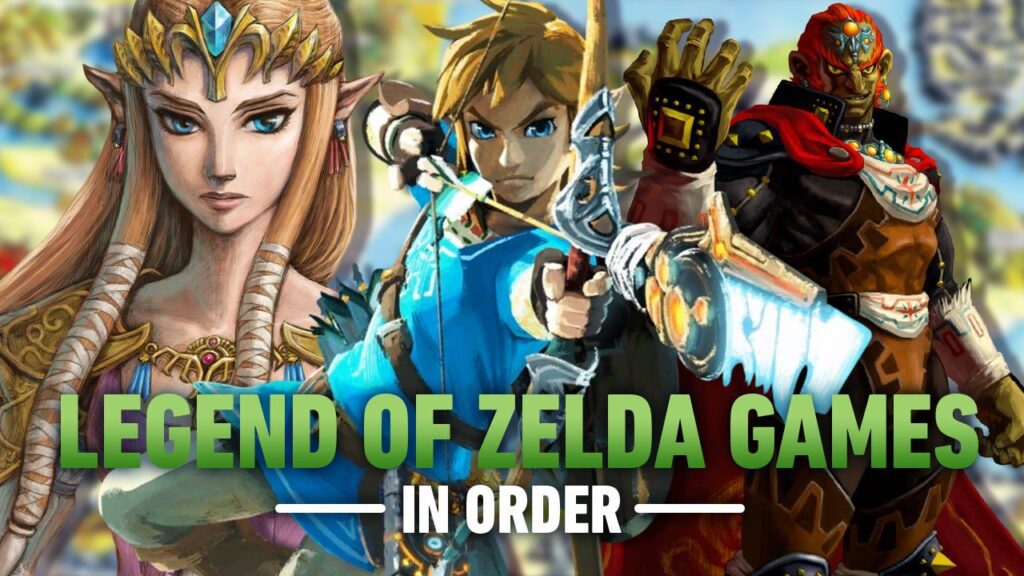This article explores the animation techniques used in video game development, highlighting the process of bringing virtual worlds to life. It begins by discussing the creation of virtual characters, including the meticulous design and sculpting process. Rigging and skeletal animation techniques are then explained, illustrating how virtual skeletons and realistic movements are achieved. The article also discusses keyframing and motion capture as animation techniques. Environmental animation, physics simulation, and particle systems are explored as methods for creating dynamic and engaging environments within video games. The integration and optimization of animation elements, blend trees and state machines, and level of detail systems are also discussed. The article concludes by emphasizing the visual stunning and immersive experiences that animation techniques bring to video games.
The Magic of Motion: Unraveling the Animation Techniques in Video Games
Introduction
Video games have come a long way since their inception, evolving from simple, pixelated images to immersive, visually stunning worlds. One of the key aspects that contribute to the enchantment of video games is animation. The carefully crafted movements and lifelike motions of characters and objects within the games create a sense of realism and captivate players. This article explores the animation techniques employed in video game development, delving into the intricate process of bringing virtual worlds to life.
Creating Virtual Characters
The first step in animating a video game is the creation of virtual characters. These characters serve as the central cast of the game, and their movements and actions are crucial in immersing players in the virtual world. Character animators meticulously design and sculpt each character, paying attention to every detail, from facial expressions to body proportions.
Rigging and Skeletal Animation
Once the virtual characters take shape, rigging and skeletal animation techniques are employed. Rigging involves the creation of a virtual skeleton within the character model, determining how each joint moves and behaves. By applying skeletal animation, animators can manipulate the character’s limbs, facial features, and body to achieve realistic movements.
Keyframing and Motion Capture
Keyframing is another animation technique commonly used in video games. Animators manually set keyframes at defined intervals, specifying the position, rotation, and scale of a character or object at different points in time. These keyframes serve as anchor points, and the computer interpolates the frames in between to create smooth transitions.
Motion capture, on the other hand, involves recording of real-world movements using sensors or cameras and translating them into the digital realm. By capturing the motion of trained actors or athletes, game developers can achieve highly realistic and natural animations.
Environmental Animation
In addition to character animation, video game developers focus on creating dynamic and engaging environments. Environmental animation refers to the process of bringing objects, flora, and fauna to life within the game world.
Physics Simulation
A key technique employed in environmental animation is physics simulation. By applying physical laws to objects, developers can achieve realistic movement, interaction, and destruction within the game environment. This can range from accurately simulating the way objects fall, bounce, and collide, to the destruction of buildings or the flow of water.
Particle Systems
Particle systems are another powerful tool in environmental animation. These systems create and control large numbers of tiny, animated particles that simulate natural phenomena such as fire, smoke, rain, or explosion effects. By adjusting parameters such as size, color, velocity, and lifespan of these particles, developers can create stunning visual effects, enhancing the overall gaming experience.
Integration and Optimization
Once all the animation elements are created, they need to be integrated and optimized within the game. This involves linking animations to character behaviors, objects, or environmental triggers, ensuring they seamlessly blend together. Game developers also optimize animations to improve performance, reducing computational requirements without compromising the visual quality.
Blend Trees and State Machines
To handle complex character animations that vary based on game conditions and player actions, blend trees and state machines are employed. Blend trees allow for smooth transitions between animations based on various parameters, such as character speed or emotional state. State machines control the overall behavior and animation sequences of characters or objects, determining which animations should be played in different scenarios.
Level of Detail (LOD) Systems
To optimize performance, developers implement level of detail (LOD) systems. These systems adjust the level of detail in objects or characters based on their distance from the player’s viewpoint. By reducing the complexity of models and animations as they become smaller on the screen, developers can maintain a smooth gaming experience even on lower-end devices.
Conclusion
Animation techniques in video game development have evolved significantly, giving birth to visually stunning and immersive gaming experiences. By combining the art of character animation, environmental animation, and smart integration and optimization, developers continue to push the boundaries of what is possible in video game animation. The magic of motion in video games is a testament to the creativity and innovation driving the industry forward, captivating players and transporting them to extraordinary virtual worlds.
